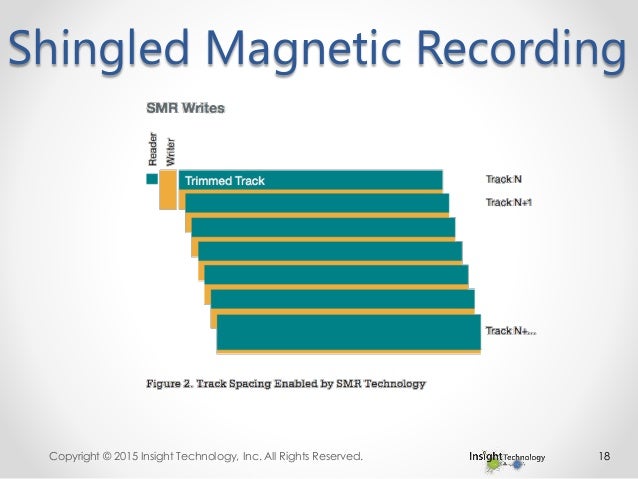By far the most futuristic of the technologies listed here, DNA storage is a concept that leverages advances in biotechnology to allow systems to store data in DNA molecules. The attractiveness of this option is that it could overcome limits of silicon to achieve very high density, storing up to 1 exabyte in a cubic millimeter of material. DNA is also very durable with a half-life of more than 500 years.
However, before this technology could become a reality, scientists need to make considerable advances in manipulating DNA. Researchers at the University of Washington are Microsoft are collaborating to overcome those challenges, but it will likely be many years before DNA storage could become a reality.

Perhaps the strangest new storage technology of the future is DNA. Yes, the molecule that stores biological information could be used to store other kinds of data. Harvard researchers in 2012 were able to encode DNA with digital information, including a 53,400-word book in HTML, eleven JPEG images, and one JavaScript program. DNA offers incredible storage density, 2.2 petabytes per gram, which means that a DNA hard drive about the size of a teaspoon could fit all of the world’s data on it–every song ever composed, book ever written, video ever shared. Besides the space savings, DNA is ideal for long-term storage: While you’re lucky if your hard drive lasts four years and optical disks are susceptible to heat and humidity.
Lead Harvard researcher George Church says :
Lead Harvard researcher George Church says :
“You can drop DNA wherever you want, in the desert or your backyard, and it will be there 400,000 years later.”
DNA takes a long time to read and write to and, as you might imagine, the technology is still too expensive to be usable now. According to New Scientist, in one recent study the cost to encode 83 kilobytes was £1000 (about $1,500 US dollars). Still, scientists are encoding information into artificial DNA and adding it to bacteria. It’s like a sci-fi novel that’s currently being written and lived. DNA could be the ultimate eternal drive one day.




